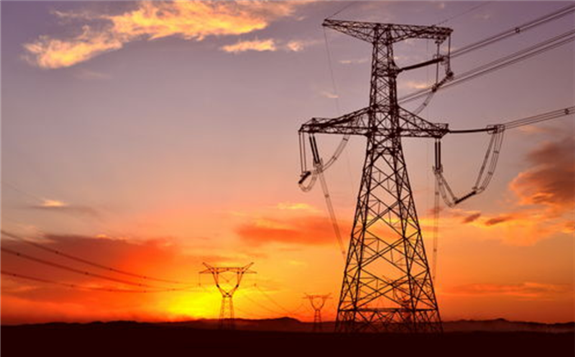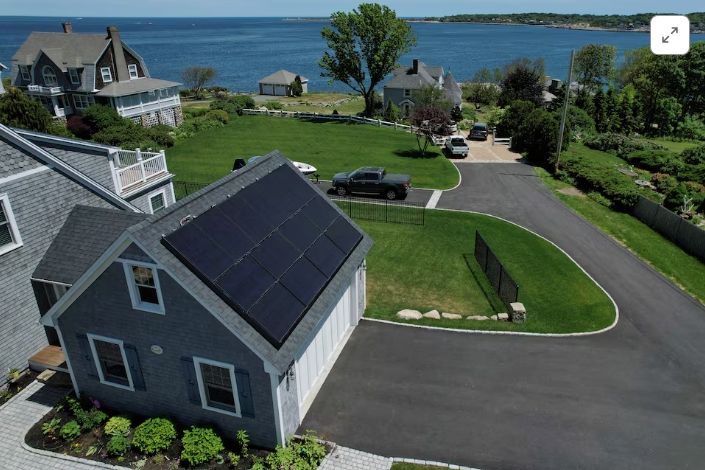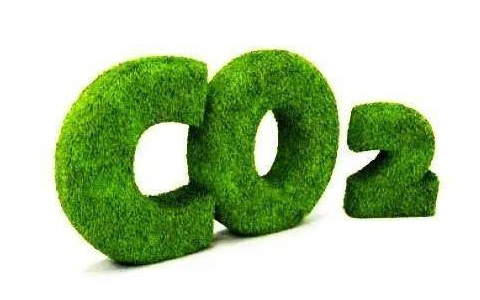The UK's energy supply is heading for its greenest year ever as record-breaking wind power generation helped to cut emissions, data from National Grid shows.

The amount of carbon emissions produced for each unit of electricity – the carbon intensity – plunged 60 per cent between 2013 and 2019 as new renewable capacity has come online while coal-fired power stations have been decommissioned.
National Grid's figures indicate the UK is on track for another new low in 2020 after a 15 per cent reduction in carbon intensity compared to last year.
In 2013, each kilowatt hour of electricity resulted in 529 grams of CO2 compared to just 181 grams so far this year. The government's target is to reach 100g per KwH by 2030.
One KwH is approximately enough to power a standard hoover for an hour.
Rob Rome, National Grid’s head of national control, said: “2020 has been a record-breaking year for Great Britain’s electricity system. The grid continues to transform at an astonishing rate as we harness the growth of renewable power sources.
“We saw the highest ever level of solar generation in April, the longest period of coal-free operation between April and June, and the greenest ever month in May.”
Storm Bella helped Britain to another record for wind power generation on Boxing Day.
Wind farms generated more than half of the nation’s electricity in a 24-hour period for the first time ever, according to Drax Electric Insights.
Its data showed that wind supplied 50.7 per cent of Britain’s power with nuclear generating 21.1 per cent of while fossil gas provided 14.6 per cent.
Wind speeds reached more than 100mph in the Isle of Wight as storms battered many parts of the country.
Globally, offshore wind capacity has grown nine-fold since 2010 and is set to multiply a further eight times over the next decade to 215GW as companies and governments invest around $600bn (£442bn), according to analysis from Morningstar.







